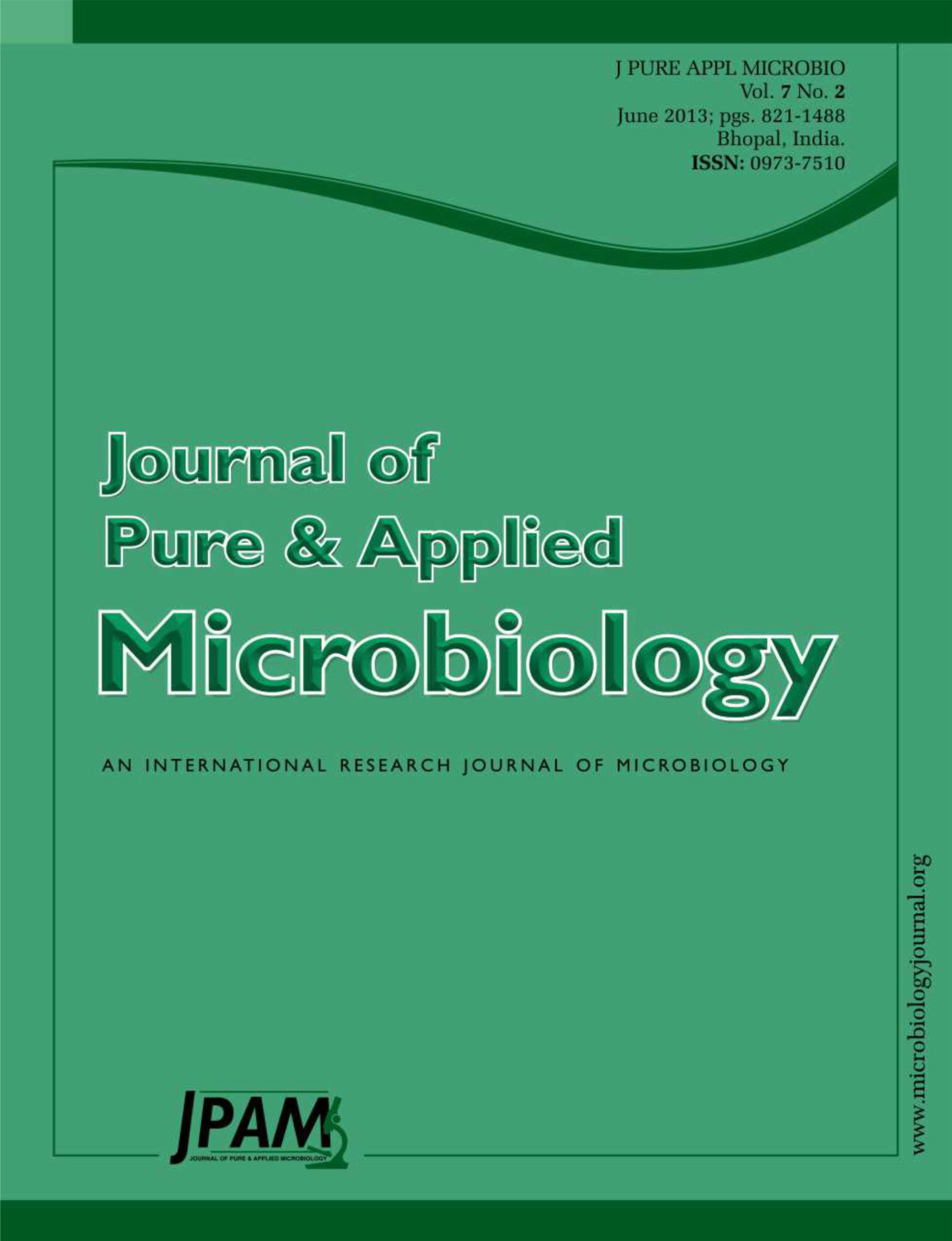The anti-Listerial activities of the dichloromethane extract of Garcinia kola seeds were assessed against a panel of 42 Listeria bacteria. The extract was active against 19 of the isolates with the minimum inhibitory concentrations (MICs) ranging between 0.079 mg/ml and 0.313 mg/ml whilst the minimum bactericidal concentrations (MBCs) ranged between 0.625 mg/ml and 10 mg/ml. The extract’s rate of kill against four representative Listeria isolates showed a concentration and time dependent profile, being more lethal to the bacteria at the highest concentration (4× MIC value) at the maximum exposure time of 2 h. The extract was bacteriostatic against Listeria grayi (LAL 15) giving a less than 3Log10 decrease in the viable cell counts after 2 h exposure time at all four MICs. However the extract was bactericidal against Listeria ivanovii (LEL 18) and Listeria monocytogenes (LAL 8) after 105 min and 120 min respectively at 4× MIC value. The extract was also bactericidal against Listeria ivanovii (LEL 30) achieving complete elimination of all the viable cells at 3× MIC and 4× MIC values after 90 min and 45 min exposure times respectively. These results therefore show the possible presence of therapeutic compounds in Garcinia kola seeds that have potential in listeriosis treatment.
Listeria species, Rate of kill, Garcinia kola seeds, MIC, Dichloromethane
© The Author(s) 2014. Open Access. This article is distributed under the terms of the Creative Commons Attribution 4.0 International License which permits unrestricted use, sharing, distribution, and reproduction in any medium, provided you give appropriate credit to the original author(s) and the source, provide a link to the Creative Commons license, and indicate if changes were made.


